Home>Furniture & Design>Interior Design Trends>What Does A Bullet Hole In Glass Look Like
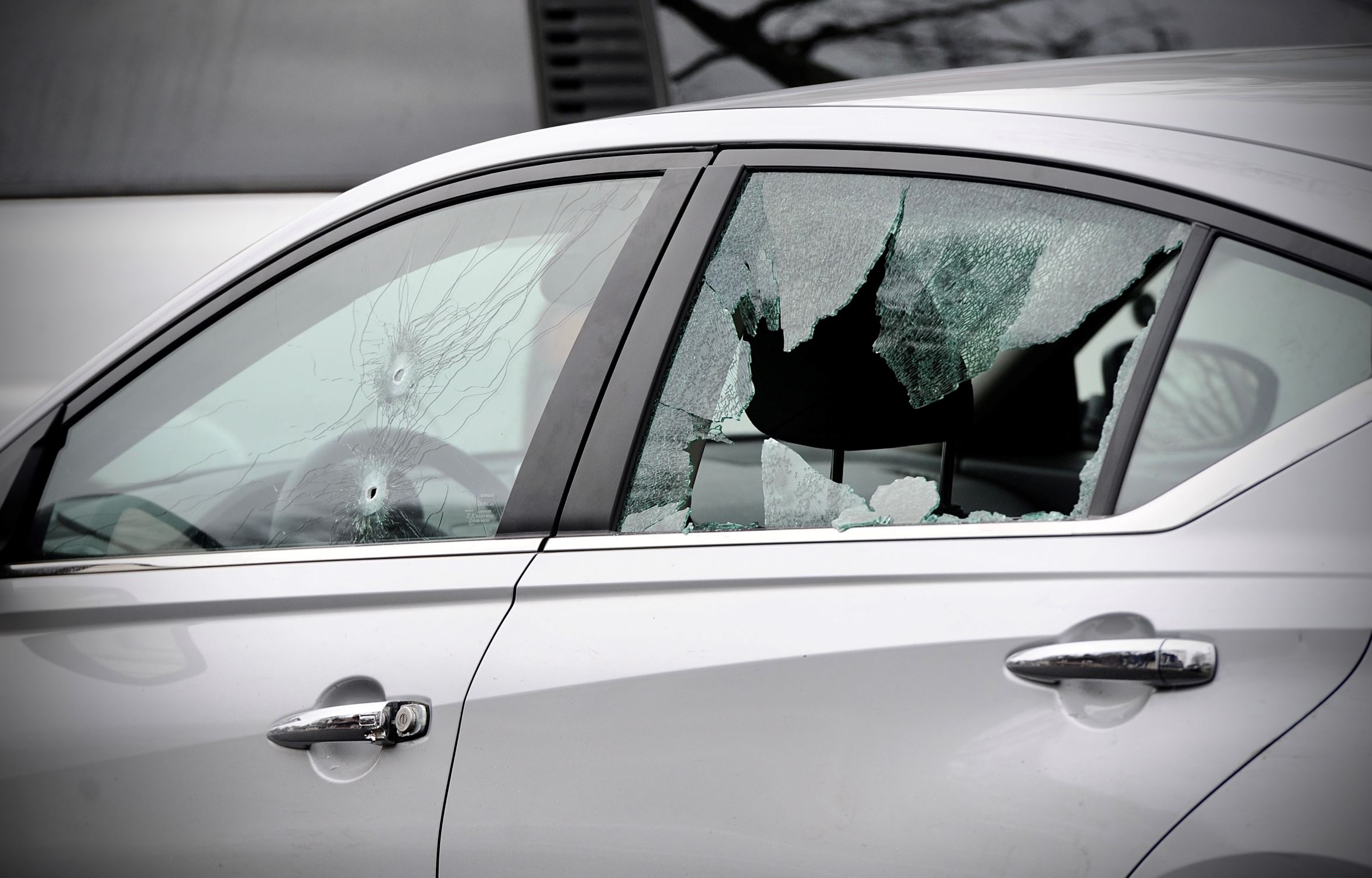

Interior Design Trends
What Does A Bullet Hole In Glass Look Like
Modified: October 19, 2024
Discover the impact of a bullet hole in glass and how it influences interior design trends. Explore the visual and functional aspects of this unique design element.
(Many of the links in this article redirect to a specific reviewed product. Your purchase of these products through affiliate links helps to generate commission for Storables.com, at no extra cost. Learn more)
Introduction
When it comes to forensic investigations or understanding the dynamics of a shooting incident, the appearance of a bullet hole in glass can provide crucial insights. The way a bullet penetrates and interacts with glass can reveal valuable information about the angle of impact, the type of firearm used, and the velocity of the bullet. Understanding the characteristics of a bullet hole in glass is not only fascinating from a scientific perspective but also holds significant practical implications in various fields, including law enforcement, ballistics, and even interior design.
The appearance of a bullet hole in glass is influenced by a multitude of factors, such as the type of glass, the angle of impact, and the velocity of the bullet. By examining these factors, experts can glean important details about the sequence of events in a shooting incident. Moreover, the distinct features of a bullet hole in glass can vary depending on the type of glass involved, whether it's laminated, tempered, or standard plate glass. Each type of glass interacts differently with a bullet, resulting in unique characteristics that can be analyzed to reconstruct the events leading to the bullet's impact.
Understanding the appearance of a bullet hole in glass is not only relevant in the context of forensic investigations but also holds significance in the realm of interior design. The visual impact of a bullet hole in glass can be a powerful storytelling element, adding a sense of intrigue and historical depth to architectural spaces. In the world of design, the appearance of a bullet hole in glass can be leveraged to create evocative narratives, adding a touch of mystery and drama to interior settings.
In this article, we will delve into the factors that influence the appearance of a bullet hole in glass, explore the common characteristics of such bullet holes, and examine how different types of glass can impact the visual representation of a bullet hole. By shedding light on these aspects, we aim to provide a comprehensive understanding of this intriguing phenomenon and its implications across various domains.
Key Takeaways:
- When a bullet hits glass, it creates unique patterns that can help solve crimes. Different types of glass react differently, providing valuable clues for investigators. It’s like a secret code hidden in the glass!
- Bullet holes in glass aren’t just for solving crimes—they can also add mystery and drama to interior design. They tell stories and bring historical depth to architectural spaces, making them more than just signs of damage.
Read more: What Does A Champagne Glass Look Like
Factors Affecting the Appearance of a Bullet Hole in Glass
The appearance of a bullet hole in glass is influenced by a myriad of factors, each contributing to the unique characteristics observed after the impact. Understanding these factors is crucial in forensic investigations, as it allows experts to decipher vital information about the shooting incident. One of the primary factors affecting the appearance of a bullet hole in glass is the angle of impact. When a bullet strikes glass at an oblique angle, it can cause distinct patterns of radial and concentric fractures, often resulting in a star-shaped or spider-web-like pattern around the bullet hole. In contrast, a perpendicular impact may produce a more symmetrical and circular hole, with fewer radial fractures emanating from the point of entry.
The velocity of the bullet also plays a significant role in determining the appearance of the bullet hole. A high-velocity bullet is more likely to create a clean, round hole with minimal surrounding damage, while a lower-velocity bullet may cause more extensive shattering and splintering of the glass around the entry point. Additionally, the type of firearm and the ammunition used can impact the appearance of the bullet hole. For instance, a hollow-point bullet is designed to expand upon impact, leading to a larger and more irregular hole compared to a full metal jacket bullet.
Moreover, the composition and thickness of the glass itself are critical factors. Laminated glass, commonly used in car windshields and architectural applications, consists of multiple layers bonded together with a polymer interlayer. When a bullet strikes laminated glass, the layers may delaminate, resulting in a unique pattern of damage that differs from the behavior of monolithic tempered or standard plate glass. Tempered glass, which undergoes a special heat treatment process to increase its strength, is known for its tendency to disintegrate into small, granular fragments upon impact, affecting the appearance of the bullet hole.
In summary, the appearance of a bullet hole in glass is shaped by the interplay of various factors, including the angle and velocity of impact, the type of firearm and ammunition, and the characteristics of the glass itself. By comprehensively analyzing these factors, experts can unravel crucial details about the dynamics of a shooting incident, making the study of bullet holes in glass a fascinating and indispensable aspect of forensic science and ballistics.
Common Characteristics of a Bullet Hole in Glass
The common characteristics of a bullet hole in glass offer valuable insights into the dynamics of a shooting incident and the behavior of different types of glass upon impact. When a bullet penetrates glass, it leaves behind distinct features that can be analyzed to reconstruct the events leading to the bullet's entry. These characteristics are crucial in forensic investigations, aiding experts in understanding the trajectory, velocity, and nature of the projectile involved.
One of the prominent characteristics of a bullet hole in glass is the presence of radial and concentric fractures surrounding the point of entry. These fractures often form intricate patterns, resembling a spider web or starburst, especially when the bullet strikes the glass at an oblique angle. The radial fractures extend outward from the central hole, while the concentric fractures encircle the point of impact. These patterns provide valuable clues about the angle and direction of the bullet's trajectory, aiding investigators in determining the position of the shooter and the sequence of events.
Furthermore, the shape of the hole itself is a significant characteristic. A high-velocity bullet tends to create a clean, round hole with minimal surrounding damage, particularly in thinner glass, while a lower-velocity bullet may result in a more irregularly shaped hole with visible deformation and spalling around the edges. The shape of the hole can indicate the type of firearm and ammunition used, as well as the energy transferred upon impact.
In addition, the presence of spalling, which refers to the chipping or flaking of glass around the bullet hole, is a common characteristic observed in bullet impacts. This phenomenon occurs due to the rapid release of energy upon bullet penetration, causing the glass to fracture and displace along the edges of the hole. The extent and pattern of spalling can vary based on the type and thickness of the glass, providing valuable information about the bullet's energy and the behavior of the glass under stress.
Moreover, the presence of bullet residue and glass fragments around the entry point is another characteristic that forensic experts examine closely. The deposition of bullet material and glass fragments can offer insights into the type of ammunition used, the composition of the bullet, and the manner in which the glass responded to the impact.
In summary, the common characteristics of a bullet hole in glass, including radial and concentric fractures, the shape of the hole, spalling patterns, and residue deposition, serve as critical indicators for forensic analysis. By meticulously studying these characteristics, experts can unravel the intricate details of a shooting incident, shedding light on the sequence of events and the behavior of glass when subjected to ballistic forces.
Different Types of Glass and Their Impact on Bullet Hole Appearance
The appearance of a bullet hole in glass is significantly influenced by the type of glass involved, with different glass compositions and manufacturing processes yielding distinct characteristics upon bullet impact. Understanding how various types of glass respond to ballistic forces is crucial in forensic investigations and provides valuable insights into the behavior of glass under high-stress conditions.
Laminated Glass
Laminated glass, commonly used in automotive windshields and architectural applications, consists of multiple layers of glass bonded together with a polymer interlayer. When a bullet strikes laminated glass, the layers may delaminate, resulting in a unique pattern of damage. The polymer interlayer plays a pivotal role in retaining the structural integrity of the glass, often preventing complete penetration by the bullet. As a result, the appearance of a bullet hole in laminated glass may exhibit distinctive characteristics such as spider-web-like patterns with fragmented layers, offering forensic experts vital clues about the nature of the impact.
Read more: What Does Tempered Glass Look Like
Tempered Glass
Tempered glass, renowned for its enhanced strength and safety features, undergoes a specialized heat treatment process to increase its resilience. When subjected to a bullet impact, tempered glass is known to disintegrate into small, granular fragments, a phenomenon that significantly influences the appearance of the resulting bullet hole. The fragmentation of tempered glass around the entry point can create a unique pattern of damage, often characterized by a concentration of granular fragments and minimal radial or concentric fractures. This behavior of tempered glass has implications for forensic analysis, as it provides valuable information about the energy transfer and fracture patterns associated with bullet impacts on this type of glass.
Standard Plate Glass
Standard plate glass, commonly found in windows and glass doors, exhibits distinct characteristics when impacted by a bullet. The appearance of a bullet hole in standard plate glass may feature pronounced radial and concentric fractures, often accompanied by visible spalling and deformation around the entry point. The relatively uniform composition of standard plate glass contributes to the formation of consistent fracture patterns, aiding forensic experts in analyzing the angle and velocity of the bullet's impact.
By comprehensively understanding the impact of different types of glass on the appearance of bullet holes, forensic investigators can glean crucial details about the shooting incident. The distinctive behaviors exhibited by laminated, tempered, and standard plate glass upon bullet impact serve as valuable indicators, enabling experts to reconstruct the sequence of events and gain insights into the dynamics of ballistic interactions with various glass compositions.
This comprehensive understanding of the impact of different glass types on bullet hole appearance underscores the significance of considering glass characteristics in forensic analyses and highlights the intricate interplay between ballistic forces and glass behavior.
A bullet hole in glass typically appears as a circular or star-shaped crack with a small hole in the center. The impact may cause the glass to shatter in a radial pattern around the hole.
Conclusion
In conclusion, the appearance of a bullet hole in glass is a multifaceted phenomenon influenced by a diverse array of factors, including the angle and velocity of impact, the type of firearm and ammunition, and the characteristics of the glass itself. The study of bullet holes in glass holds significant relevance in forensic investigations, providing crucial insights into the dynamics of shooting incidents and aiding in the reconstruction of events. By closely examining the common characteristics of bullet holes, such as radial and concentric fractures, spalling patterns, and residue deposition, forensic experts can unravel intricate details that contribute to a comprehensive understanding of ballistic interactions with glass.
Moreover, the impact of different types of glass on the appearance of bullet holes underscores the need for a nuanced approach to forensic analysis. Laminated glass, tempered glass, and standard plate glass each exhibit distinct behaviors when subjected to ballistic forces, yielding unique patterns of damage that offer valuable clues for investigators. The ability to differentiate between these glass types based on the characteristics of bullet holes enhances the precision and depth of forensic examinations, ultimately contributing to a more comprehensive understanding of shooting incidents.
Beyond the realm of forensic science, the appearance of a bullet hole in glass holds significance in the context of interior design and architectural storytelling. The visual impact of a bullet hole can be leveraged to create evocative narratives, adding a touch of mystery and historical depth to architectural spaces. By recognizing the potential of bullet holes in glass as elements of visual intrigue, designers and storytellers can infuse spaces with a sense of drama and historical resonance, transcending the conventional perception of bullet holes as mere signs of damage.
In essence, the study of bullet holes in glass transcends the boundaries of forensic science, encompassing elements of material behavior, visual storytelling, and historical interpretation. The intricate interplay between ballistic forces and glass characteristics underscores the multifaceted nature of this phenomenon, offering a rich tapestry of insights for professionals across diverse domains. Whether unraveling the details of a shooting incident or harnessing the visual allure of bullet holes in design, the appearance of a bullet hole in glass continues to captivate and intrigue, embodying a convergence of science, art, and storytelling.
Frequently Asked Questions about What Does A Bullet Hole In Glass Look Like
Was this page helpful?
At Storables.com, we guarantee accurate and reliable information. Our content, validated by Expert Board Contributors, is crafted following stringent Editorial Policies. We're committed to providing you with well-researched, expert-backed insights for all your informational needs.
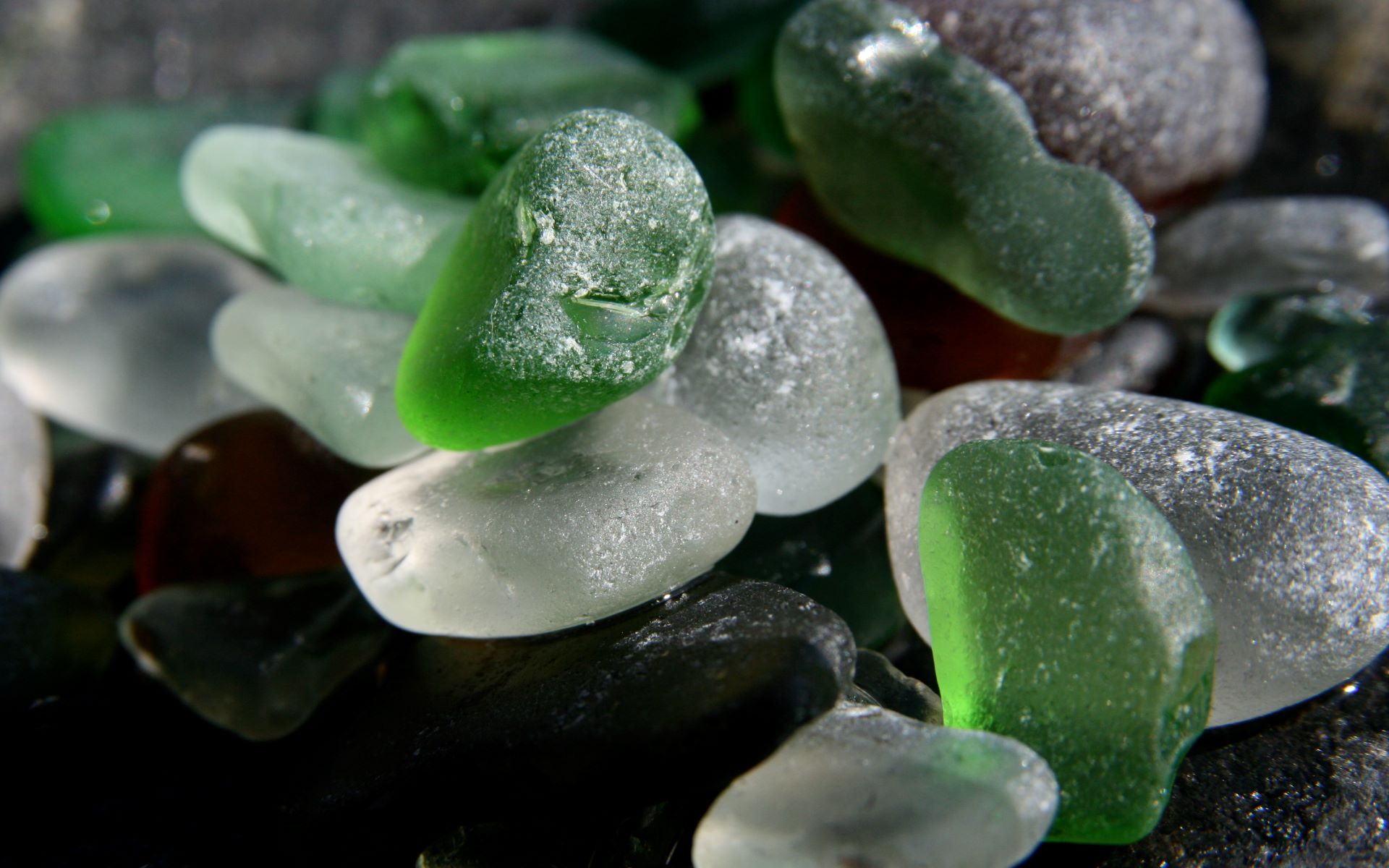
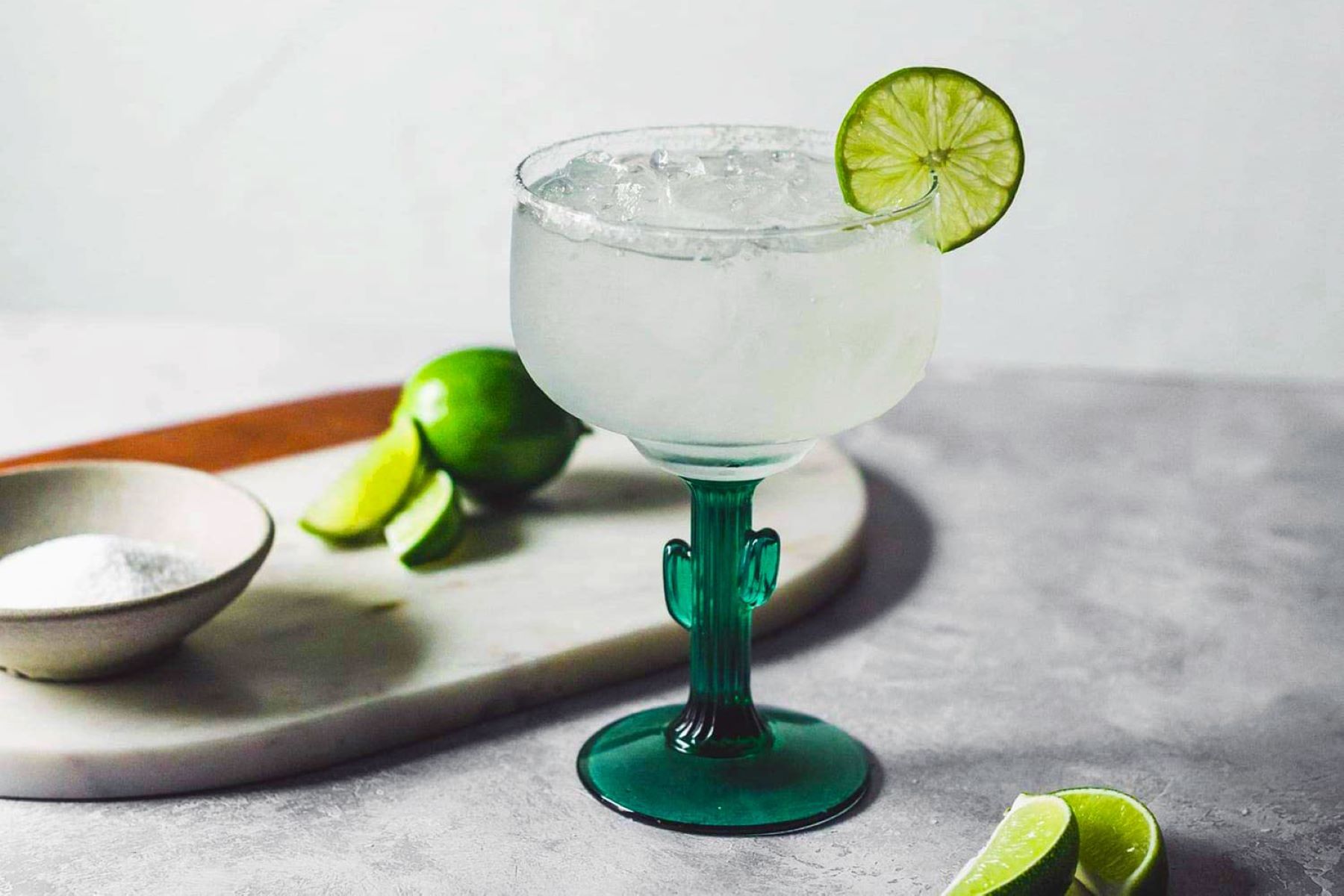
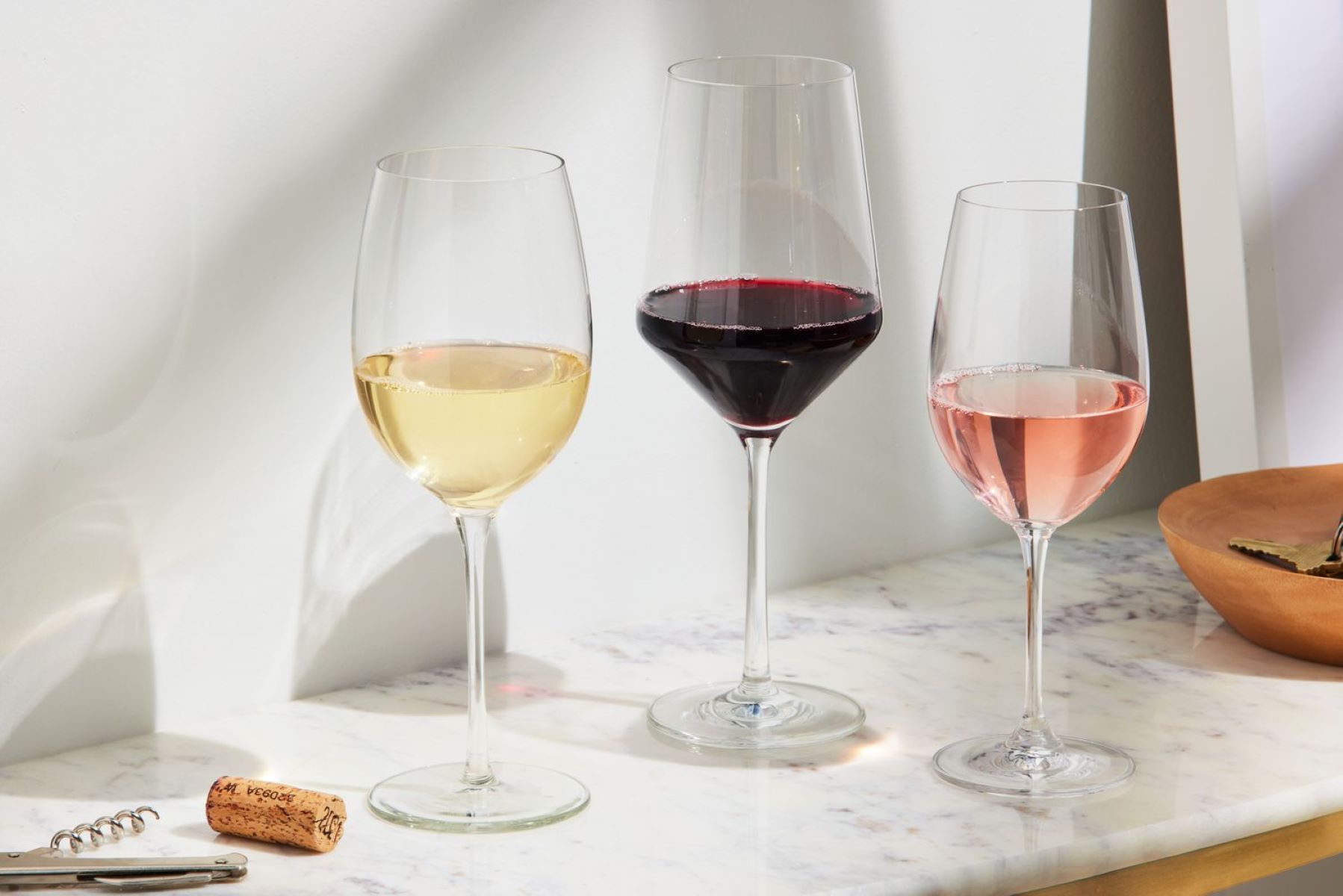
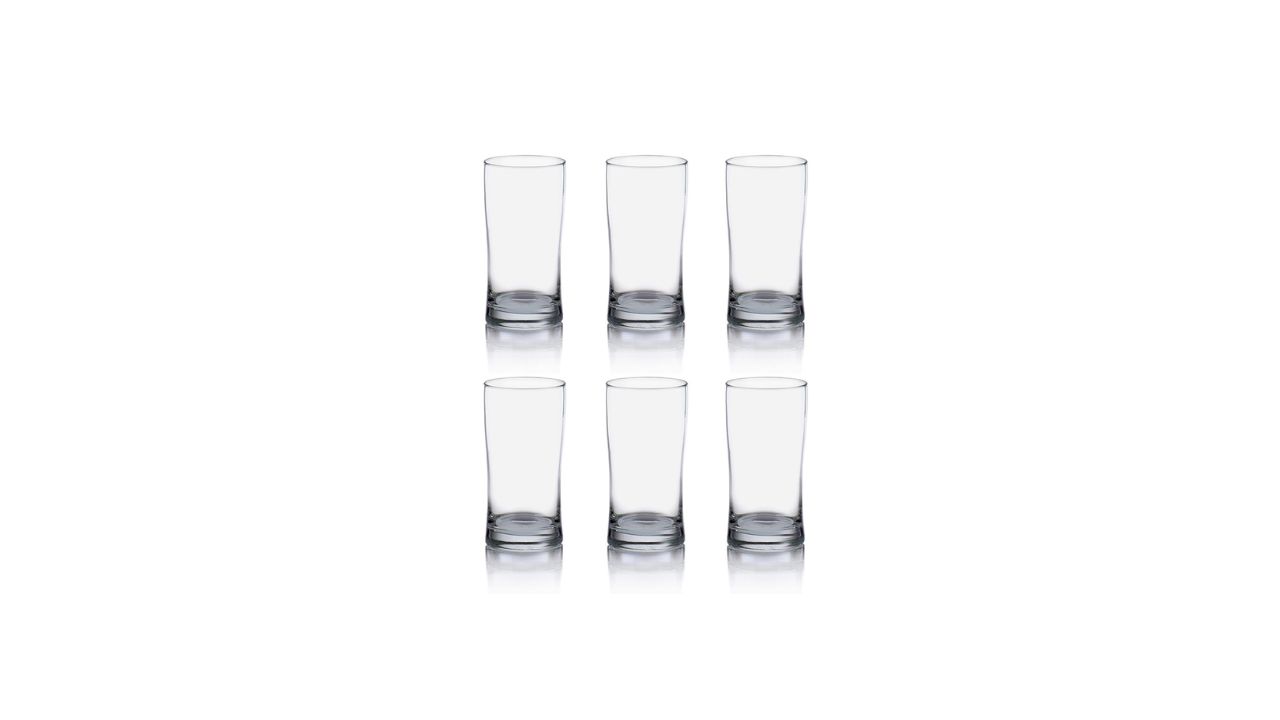
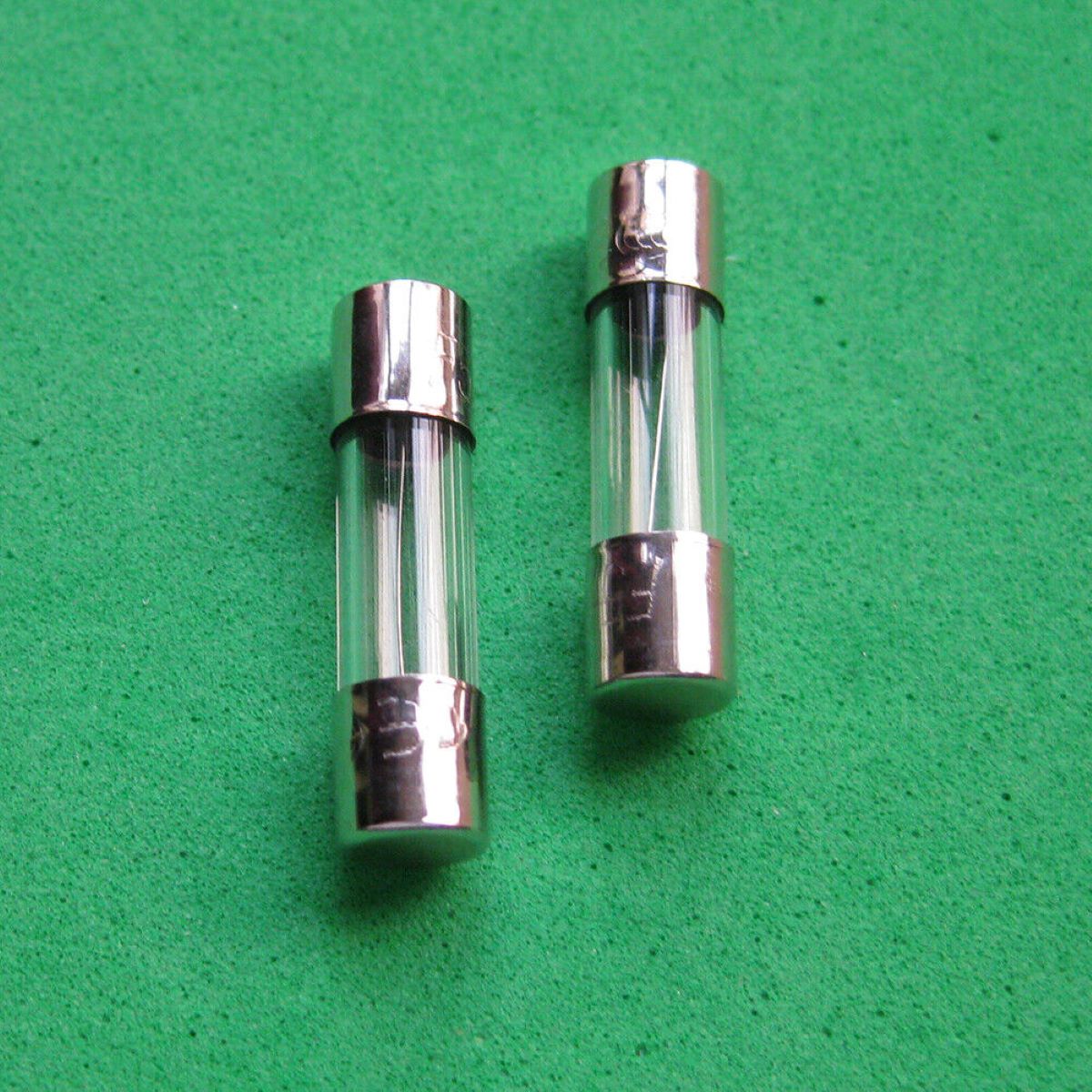
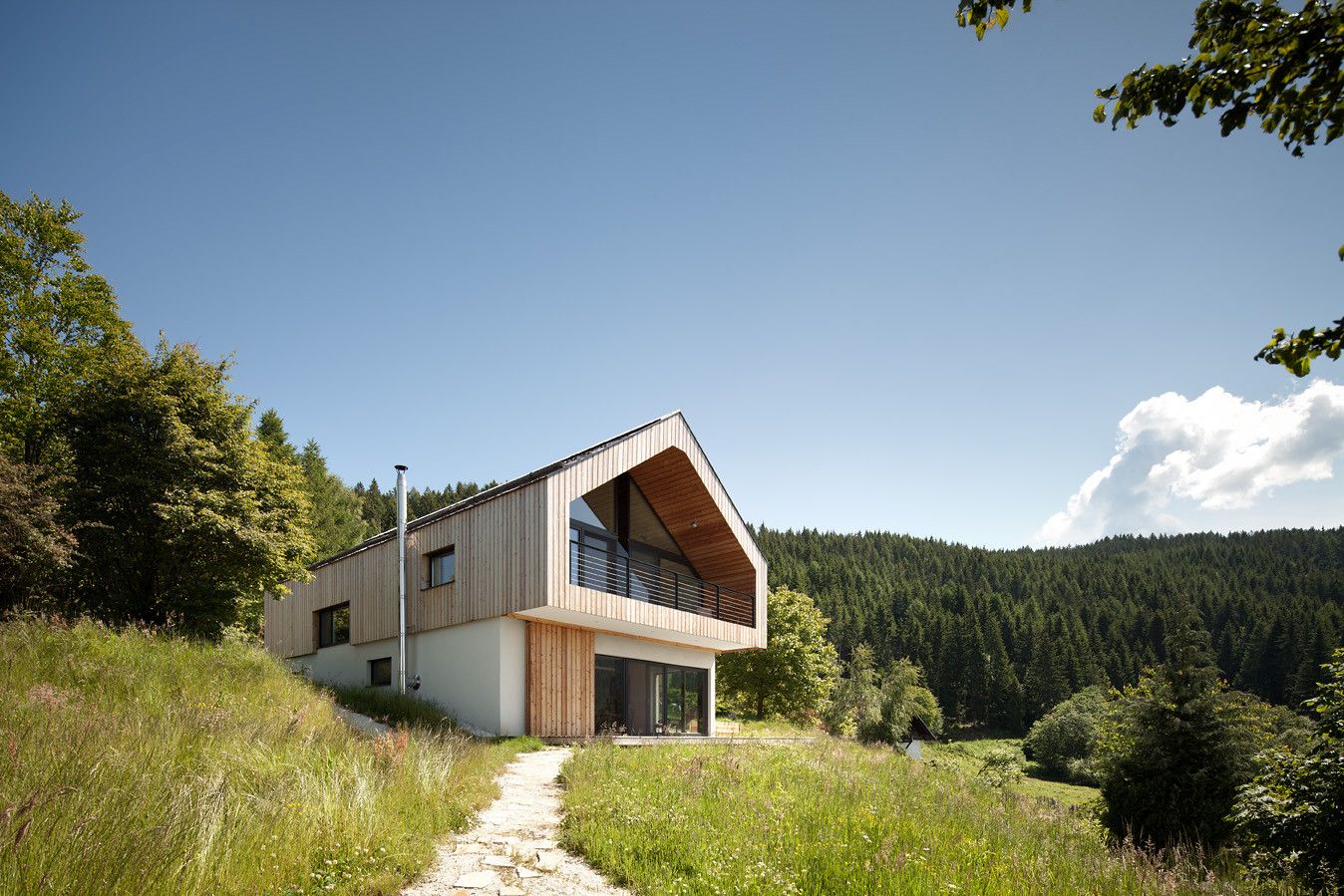
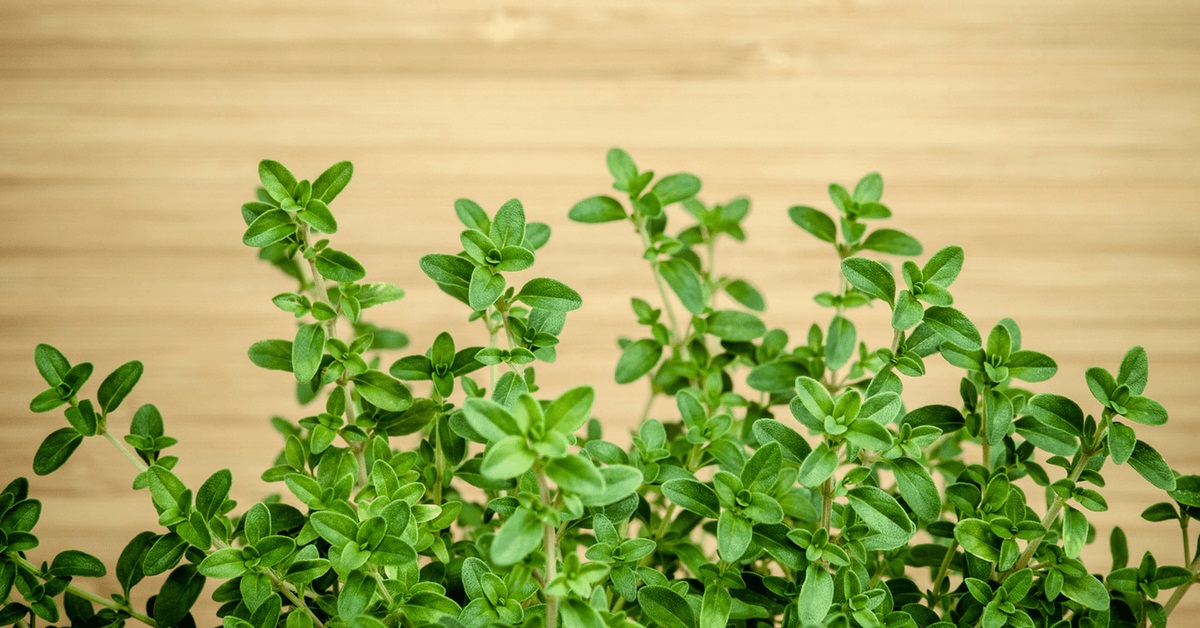
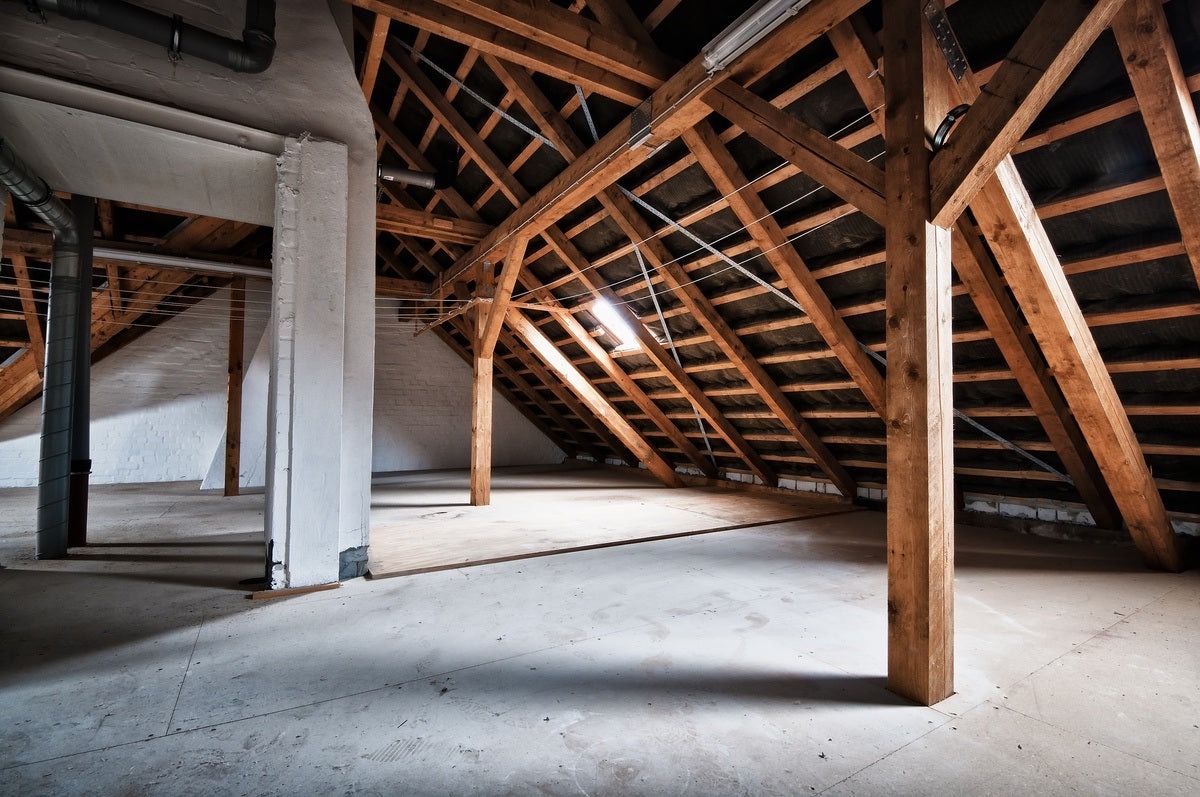

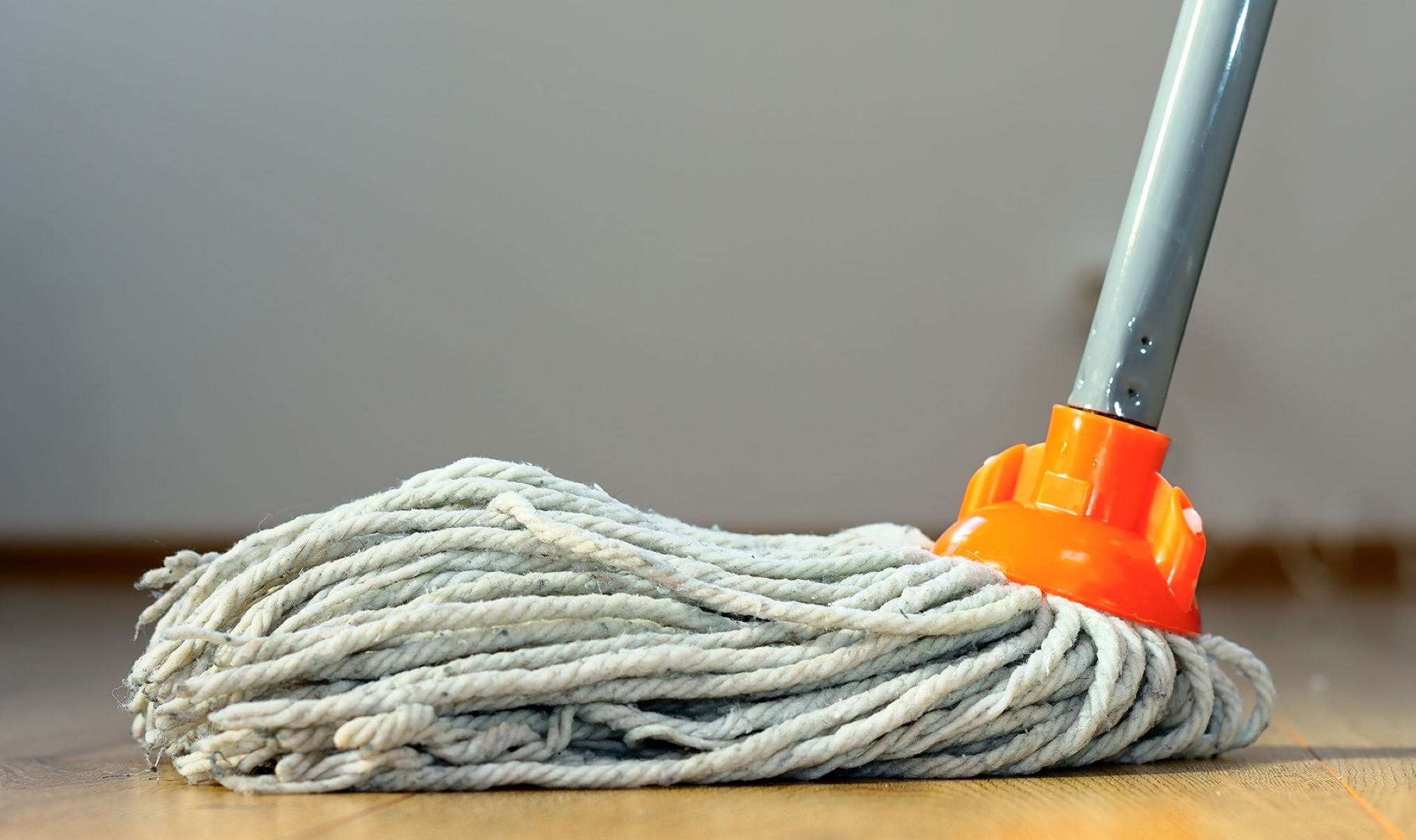
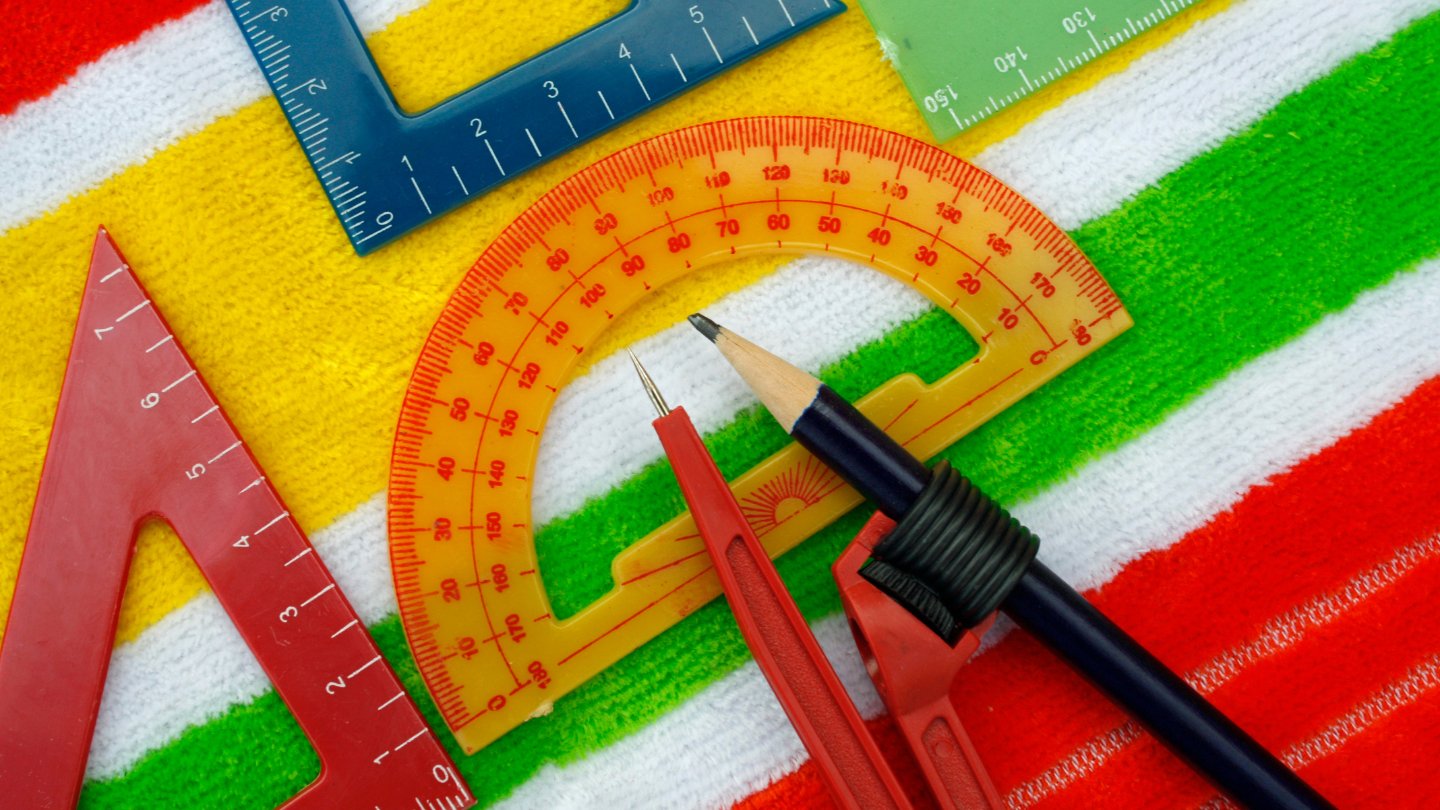


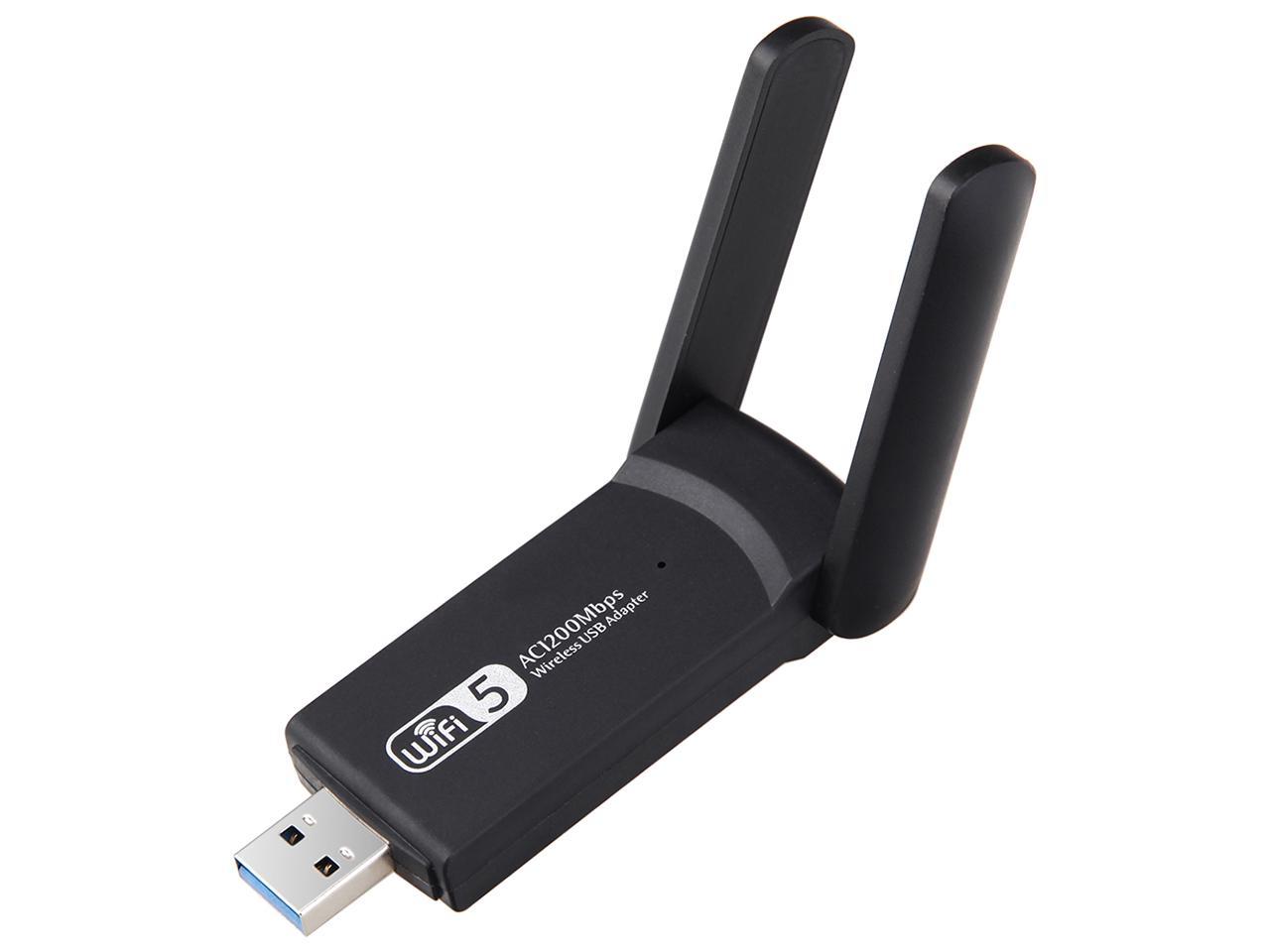

0 thoughts on “What Does A Bullet Hole In Glass Look Like”